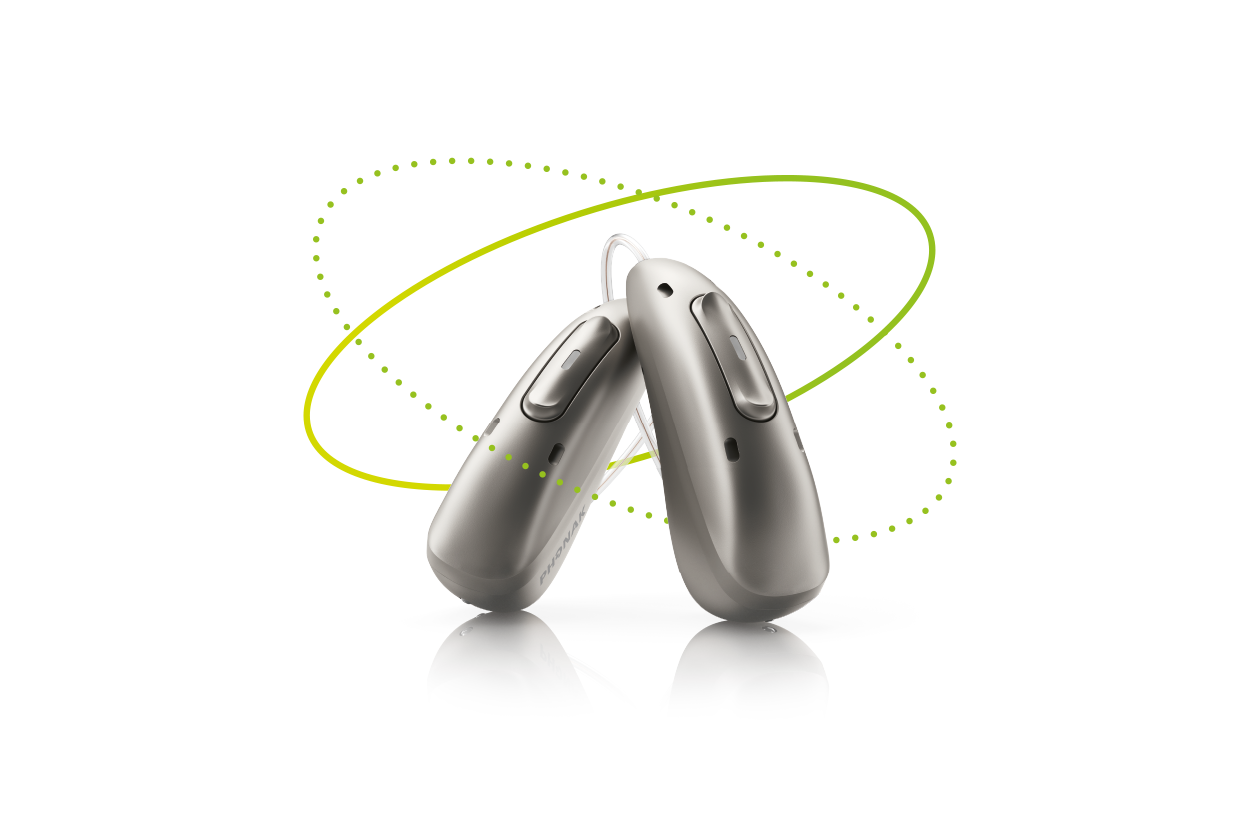
Types of hearing aids
All hearing aids work according to the same principle: they pick up ambient noise, the sound is converted into electrical impulses and then forwarded, in a modulated form, to the ear. However, depending on the severity of the hearing loss and personal requirements, hearing aids can differ considerably. Not just in terms of shape and size, but also in terms of their properties and functions. This diversity ensures a solution that meets your desires and expectations. Which is the best hearing aid for you? Take a look at what’s available!

Receive a FREE hearing aid upgrade!*
Get an upgrade valued at up to $2,400 when you purchase a new pair of Phonak or Unitron hearing aids!*
Hurry don't miss out offer valid for a limited time.
Find out more.jpg?branch=web_prod)
What types of hearing aid are available?
Hearing aids are available in a wide range of designs for every type of hearing impairment or hearing loss from a variety of hearing aid manufacturers. This variety ensures that the hearing aid can be adapted to your personal preferences and expectations, so that nothing stands in the way of your hearing.Below you will find a brief summary of the different types of hearing aid, based on the features they offer.What are the differences between digital and analog hearing aids?
Hearing aids can be either analog or digital. Most new hearing aids are digital. The only difference between analog and digital devices results from the way in which they process signals.Analog hearing aidspick up signals from the surroundings. The signals are then reproduced and amplified by a loudspeaker. These devices are unable to filter out or reduce noise.Digital hearing aidsconvert sound into electronic information. Only major signals are amplified and transmitted. Loud ambient sounds are reduced. This means that the wearer can hear better even in noisy environments. These devices can be adapted to individual needs and are smaller than analog models. Digital hearing aids also deliver improved sound quality and enhance speech comprehension.Both analog and digital hearing aids are available in two main types: behind-in-the ear and in-the-ear.What are behind-the-ear (BTE) models?
These hearing aids are worn behind the ear, just above the concha. The small, clear tube transmits sound directly into the eardrum and is also used to keep the hearing aid in place. BTE models are available in a variety of styles, sizes and colours. They are also sweat, dust and water resistant.Advantages of BTE models:
- Space for larger and more powerful batteries. Rechargable options available.
- Larger program selection buttons that are easier to operate
- Variety of colour options
- Connection to mobile phones, TV and stereo’s via Bluetooth
Disadvantages of BTE models
- Less suitable for people who wear eyeglasses
- Prevents use of the natural functions of the concha
- Less discreet
Structure of a BTE hearing aid
All hearing aids feature the same key components. For example, a behind-the-ear hearing aid has the following functions:- Microphone – Picks up sounds and converts them into electrical signals
- Amplifier – Increases the volume of the microphone and filters out irrelevant sounds
- Loudspeaker – Converts electrical signals into acoustic signals
- Speech processor – Adjusts signals to the wearer's individual hearing needs
- Volume regulator – Lets the wearer control the volume
- Ear hook – Connects the hearing aid and the sound tube
- Audio input – Picks up signals from other external devices
- Battery powered and Rechargable options available.
Other behind-the-ear (BTE) hearing aids
Receiver-in-canal (RIC) and Micro-behind-the-ear modelsRIC and Micro-behind-the-ear hearing aids are smaller BTE options. They are equipped with receivers that transmit sound directly in the ear canal. They are worn comfortably behind the ear, come in a variety of colours and have Bluetooth capabilities.What are in-the-ear (ITE) models?
ITE Models are a discreet option that sit inside the ear itself. The device's electronics are encased inside an acrylic shell that is inserted into the ear like an earplug, sending sound directly into the ear canal. Some ITE devices have an antenna-like plastic tab for easy removal.In-the-ear hearing aids are self-contained units. Volume can be adjusted and programs can be selected by remote control. Many models can be connected wirelessly to mobile phones and TVs.
Advantages of ITE devices
- Extremely discreet and barely visible from the outside
- Invisible options available
- Easy to insert
- Bluetooth capability
Disadvantages of ITE devices
- Only suitable for those with mild or moderate hearing loss
- Use depends on the size of the ear canal
- The battery needs to be changed frequently
- An audio connection, in the form of an audio shoe, is not possible due to lack of space, and a T-loop can only be attached to concha models
What other designs are available?
If standard hearing aids do not meet an individual's needs, there are still many alternativesAre you uncertain whether you even need a hearing aid? Clickherefor more information. Or discover the benefits offered by various hearing aid manufacturers. If you need help choosing the right model, check out our Tips on buying a hearing aidor visit yournearest branchfor a free consultation.Which brands do we carry?
We carry a range high-performance hearing aids from a number of brands. Our hearing aid brands meet a wide variety of needs and requirements.
.png?branch=web_prod)
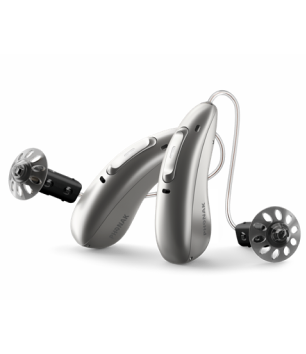

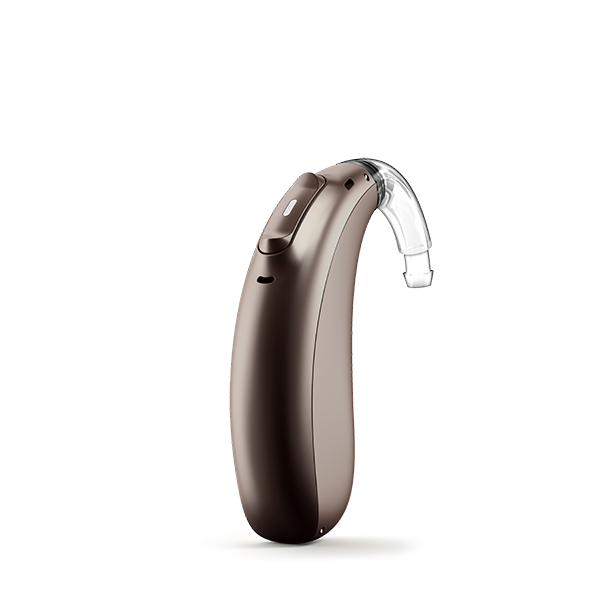
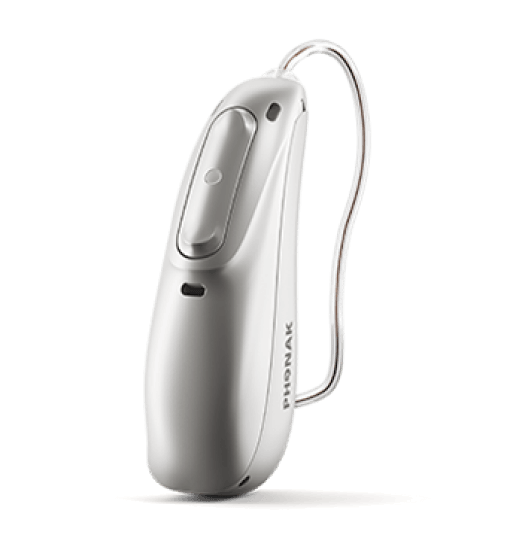
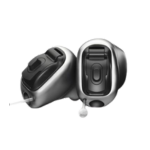


.png?branch=web_prod)